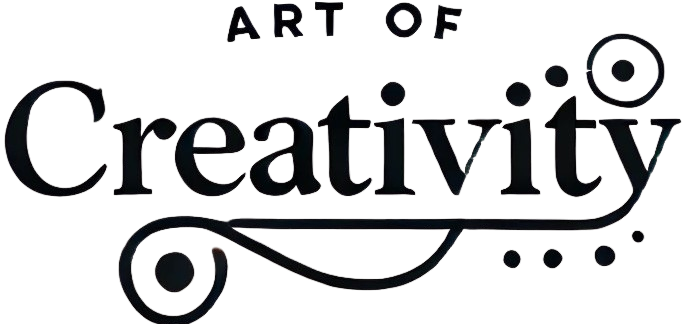How Do I Become a Technical Writer?

Technical writing is not merely understanding technical information and recording it in a document. It also includes making complex information available to readers in a digestible manner. This article will act like a technical writing class, defining the technical writing process, best practices, and steps to become a technical writer.
What is technical writing?
Technical writing is broadly defined as “any form of communication that specializes in topics, such as computer applications, medical procedures, or environmental regulations; uses technology, such as web pages, help files, or social media sites; and provides instructions.
Technical writing is clear, direct, and neutral in style. The information presented in the text should be professional and accessible to all types of readers.
What is the technical writing process?
Any technical writing class will first begin by acquainting you with the process of technical writing, which for the uninitiated can be equally, if not more, time consuming.
1. Project planning
Project planning begins when the technical document is requested by an authority. At this step the initial requirements are defined, which include document type, subject area/content, goal, scope, and audience.
2. Audience analysis
Once the details of the project are planned, the biggest factor governing the writing is taken into consideration—the audience.
In technical writing, more than in any other format, the reader defines the text. While the technical information remains unchanged, the way of presenting the facts changes. A good technical writer revises the text based on the reader’s context.
3. Understand the user
In order to know your readers, you will have to gather as much information as possible about the end user of the document. Begin by knowing if your audience holds expertise in the field, if the topic is totally new to them, or if they fall somewhere in between. Next, determine what the reader is looking to read in the document. This key feature will dictate the entire writing process since the document should, ideally, answer the readers’ questions.
With this preparatory process in place, technical writing becomes easy and free-flowing. Now, let us have a look at some important tips shared in a technical writing class.
1. Write in the active voice
The active voice is easier to read and follow than the passive voice, making it the preferred choice in sentences.
2. Accurate word choice
Be mindful of using the best word for the context. Include necessary details that make the text understandable and precise.
3. Task-based approach
Many technical documents are written with the aim to provide instructions to the reader. Accordingly, a task-based approach makes the content easier to understand. Write in bullet points wherever possible.
4. Avoid jargon
Strictly avoid using jargon. Restrict its use only when writing for specific audiences. Define an unfamiliar or technical term at its first use in the text. Likewise, for abbreviations, write the expansion followed by the abbreviation in parentheses for its first use.
5. Review carefully
Good, effective writing of any type is free of spelling and grammar errors. Make use of the abundant correction and improvement tools online. Double-check each document.
Lastly, just start writing!
There is no direct requirement for a degree or diploma to excel in technical writing. Practical experience and a writing portfolio can help you win jobs or impress employers. Therefore, do not waste time waiting to become an expert in the field. Do not wait for writing jobs to come by. If you are a beginner, it is likely that there will not be too many to begin with. However, do not let a lack of jobs deter you from practicing your skill. Practice the style of technical writing by creating new documents for existing programs or projects.

